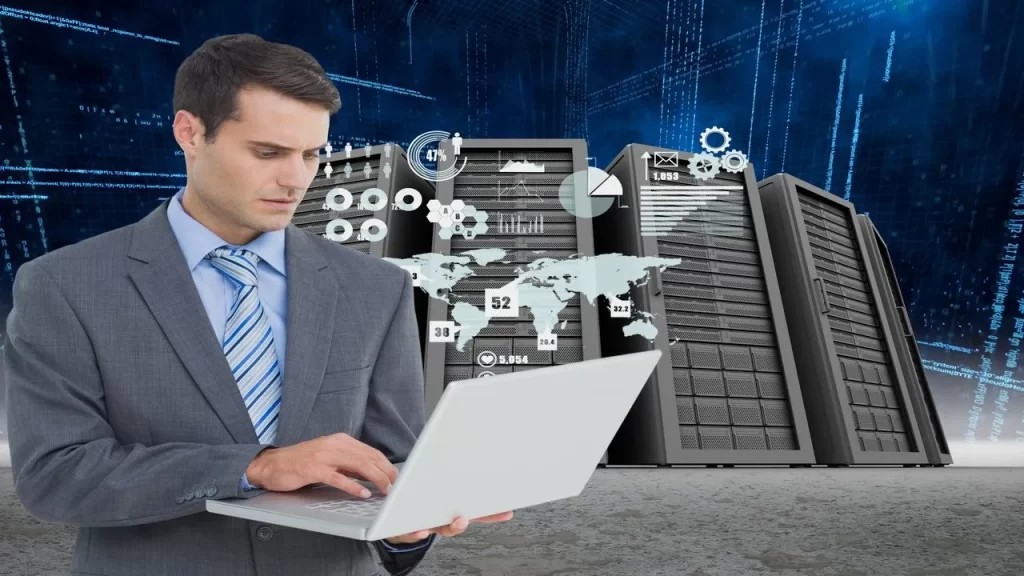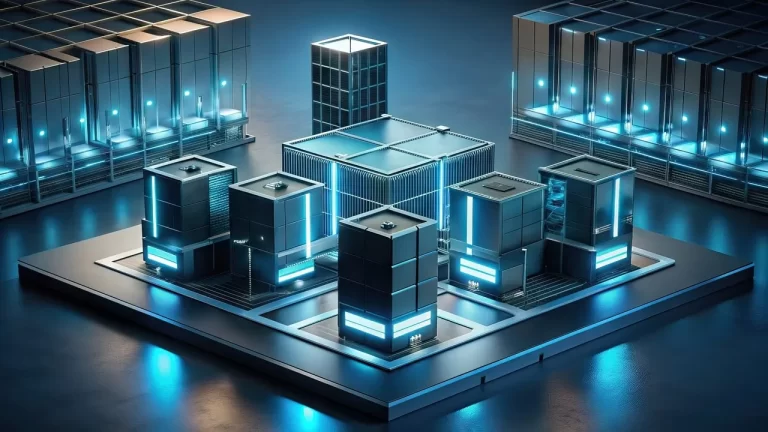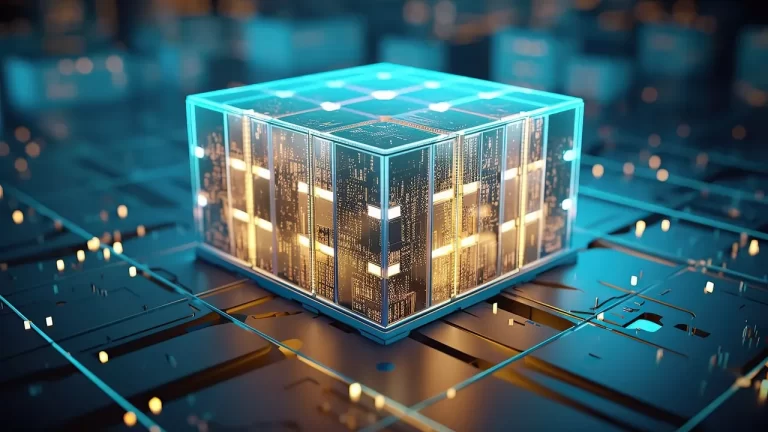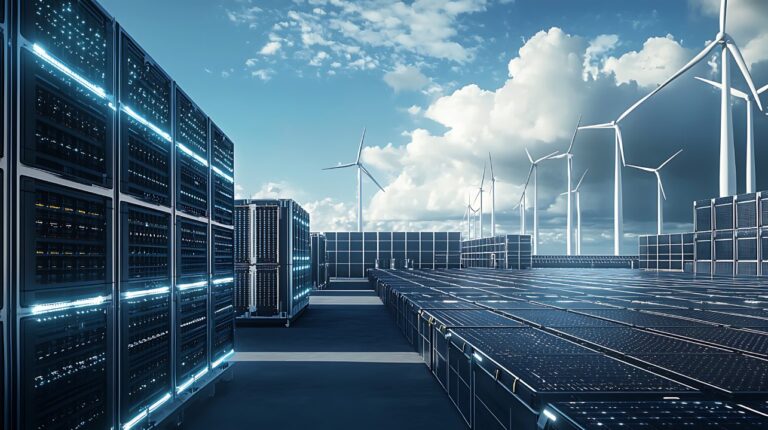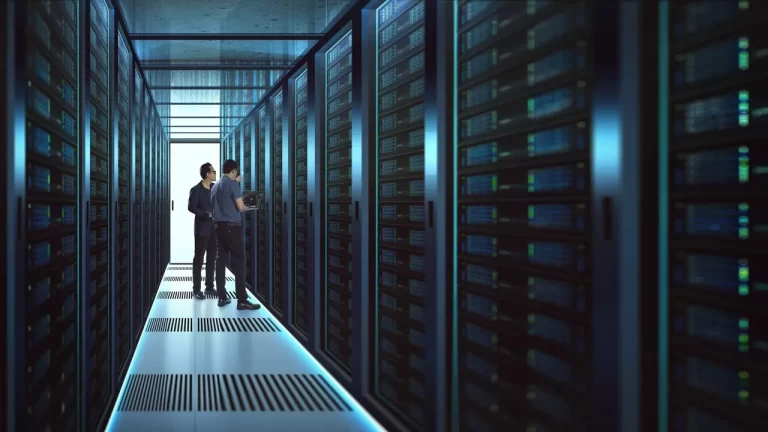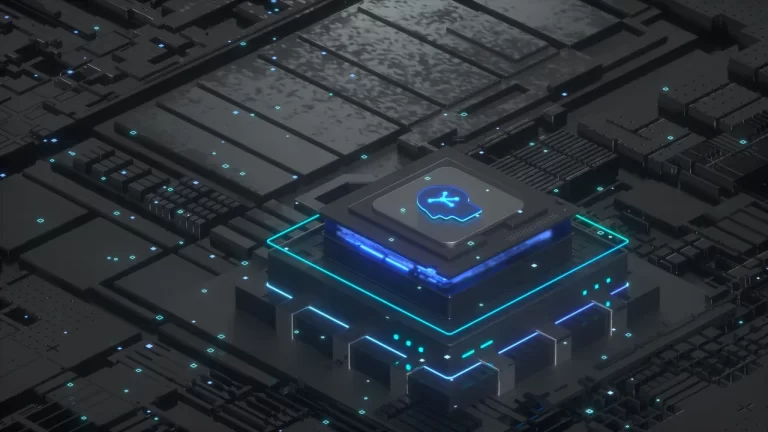The problem of energy efficiency of the data center has become critical in the year 2025. One such performance indicator for such a purpose is the Power Usage Effectiveness or PUE. PUE is a basic measurement that brings the ratio of power utilized in computing to that power spent on matters like cooling and illumination. For instance, if the facility consumes 1000 kW while the servers and storage system only consume 500 kW, the PUE is 2. The figure is as close as possible to 1.0 shows the efficiency of the data center, the less waste we have, and more IT-driven work.
The ideal circumstances signify a low PUE number since this indicates the data center is using power wisely, hence helping to cut costs and being environmentally friendly. In the next 4 years, greater emphasis on efficient and sustainable infrastructure has made it reasonable for firms to shoot for a PLE of below 1.3. Although it may be almost impossible to achieve this 1.0, thanks to the requirement of cool and Air conditioning systems, advanced technologies are making it easier for operators to get close. PUE has become not only a technological aim but a business priority due to the increased demand of clients and governments to reduce emissions and switch to clean energy sources.
Introduction: Why Data Center Efficiency Matters Today
Data centers are one of the most important infrastructures in the world today since most of our information is stored there. Data centers are hardly idle at all, whether you’re saving the photos you took on your phone or using one of the myriad online services that need data centers. This is usually the case, especially since the monitored activity is not only constantly high but also extremely energy-intensive. That is why the activities aimed at the increase of energy efficiency are so significant at the present stage.
PUE, another words say Power Usage Effectiveness, is defined as a factor that defines the effectiveness of a data center. This article describes the concept and the significance of PUE, who stands to benefit from a low value of PUE, and how to optimize for this value. In this case, knowledge of PUE is helpful no matter if you run an organization’s small server space or a hyperscale computer center.
What is PUE, and why is it important?
The Power Usage Effectiveness serves as a metric to map the effectiveness of power usage by data centers. The formula is simple:
We calculate PUE by dividing the total energy consumption of the facility by the total energy used by IT equipment within a center.
This is because PUE calculates the power consumption of the entire facility, such as cooling systems, lighting, and power distribution systems, and establishes it against the energy consumed only by the actual IT systems, such as servers and storage units.
An ideal PUE reads 1.0; in this case, all energy is used by IT gear, and no other equipment is powered by the servers. In real life, it is almost impossible to attain such a status because there are always cooling and other systems that draw some power. It is a fact that most of the data centers today have a PUE between 1.2 and 2.0, which purely depends on design and technologies.

How Can You Improve PUE in a Data Center?
PUE has to be reduced to ensure that the power consumed by other systems, apart from IT, is minimized as much as possible. Thus, an important area that needs to be addressed is cooling. Air cooling has played a major role in influencing the climate, which has been a straightforward process that results in the wastage of energy. Today, there are improved methodologies such as liquid cooling or isolating the hot and the cold air streams in a data center so as to enhance efficiency.
The third best practice to raise the PUE is the use of energy-efficient IT equipment, such as that which is Energy Star compliant. This means that there is a need to replace older servers and storage devices with newer ones that are less energy-intensive and produce less heat. Virtualization is also of great benefit since more tasks are performed within fewer servers, hence cutting the power used by half.
What Are the Benefits of a Lower PUE?
Reducing PUE within a data center is useful in cost savings as well as the general efficiency of the data center. Low PUE is an indication that the least amount of power is used to support activities that are not relevant to the IT functions, hence cutting expenses in the long run. For large facilities, it will mean saving millions of equal in comparison to standard non-green buildings. In the case of energy efficiency, energy use is indeed reduced in an organization, hence operating expenses are cut down, which may translate to big savings.
This is because a low PUE helps to save costs, hence provides a solution to environmental concerns. A PUE showing high values implies that there is wastage of power in data centers, hence a larger carbon footprint. Those focused on sustainable or green strategies or initiatives stand to greatly benefit from ways that can enhance the firm’s PUE, since it entails environmentally friendly practices. In addition, an optimum energy format increases efficiency, thus enhancing the ability to control temperature, which cuts down on the mechanical stress on the equipment, and the consequential shortened equipment life span and the unreliability of a system.

What Challenges Come With Improving PUE?
First of all, it is important to understand that lowering PUE while keeping the efficiency high is not an easy task. One of the biggest is cost. Measures for cooling, as well as monitoring instruments and efficient equipment, may be highly effective. However, those who are thinking of the long term are always compensated by the long-term gains. Incentives for buying such lights are that some governments may provide incentives or rebates for energy-efficient products.
This is since mainframes are large, and the data centers themselves can be very complicated. This means that alteration of one system can bring in alterations to others. System. That was why it was possible to state that every alteration should be planned and tested properly. Sometimes, the measures to increase PUE also involve staff training or changes in the business process.
Conclusion: Moving Toward a More Efficient Future
Perhaps PUE is one of the most famous indicators that characterize a data center. Through the LEED ratings, the utilization of energy becomes evident over time, and firms are in a position to learn how to maximize the usage of energy with less damage to the environment.
By being intelligent, the PUE of any data center, small or large, can be increased with the use of simple tools and upgrading of the available ones. Some of the companies that are already exhibiting the possibilities include DataBank. Over the years, energy costs have increased, and the aspect of sustainability also comes into consideration; as such, tracking and enhancing the PUE will be the right move for everyone.

